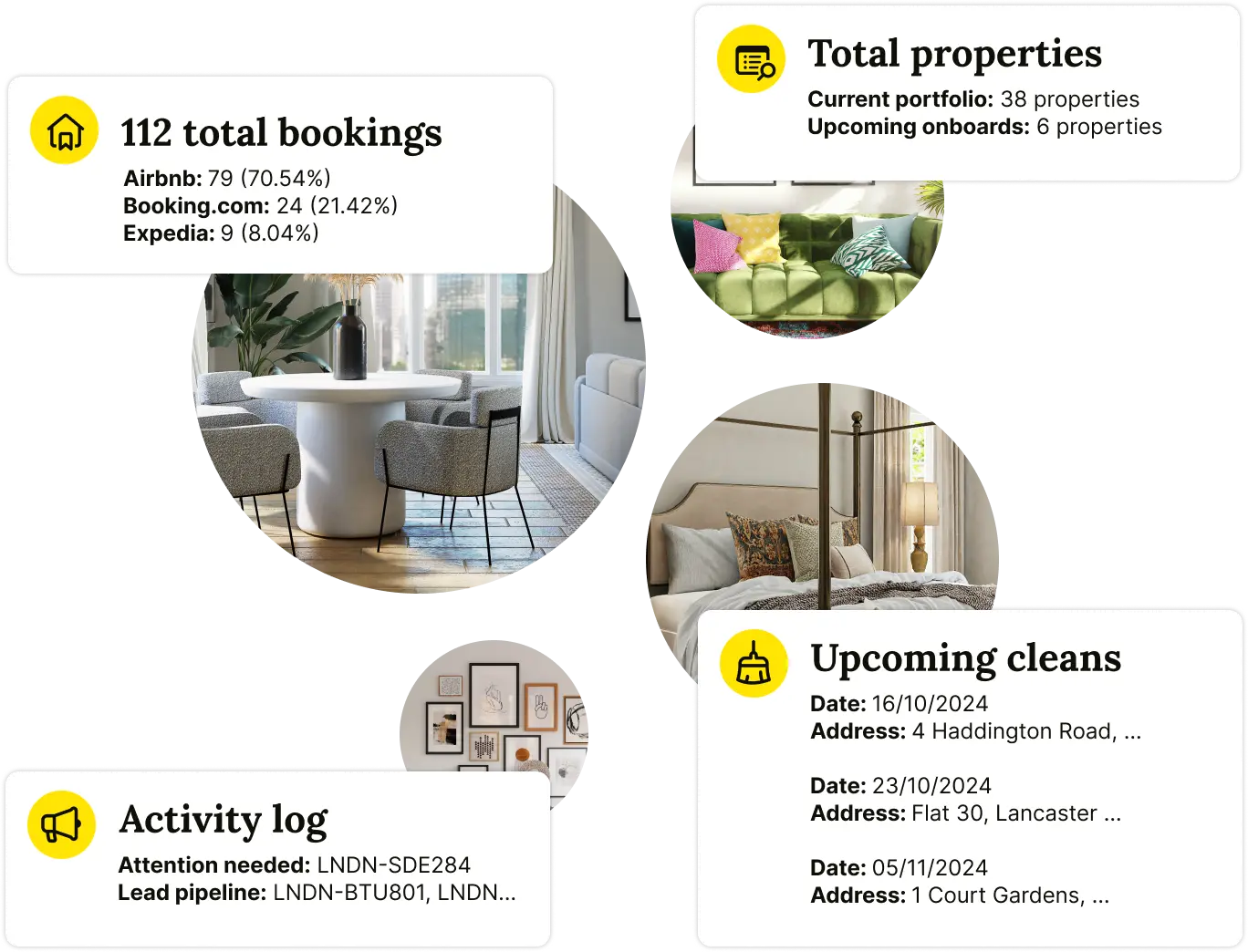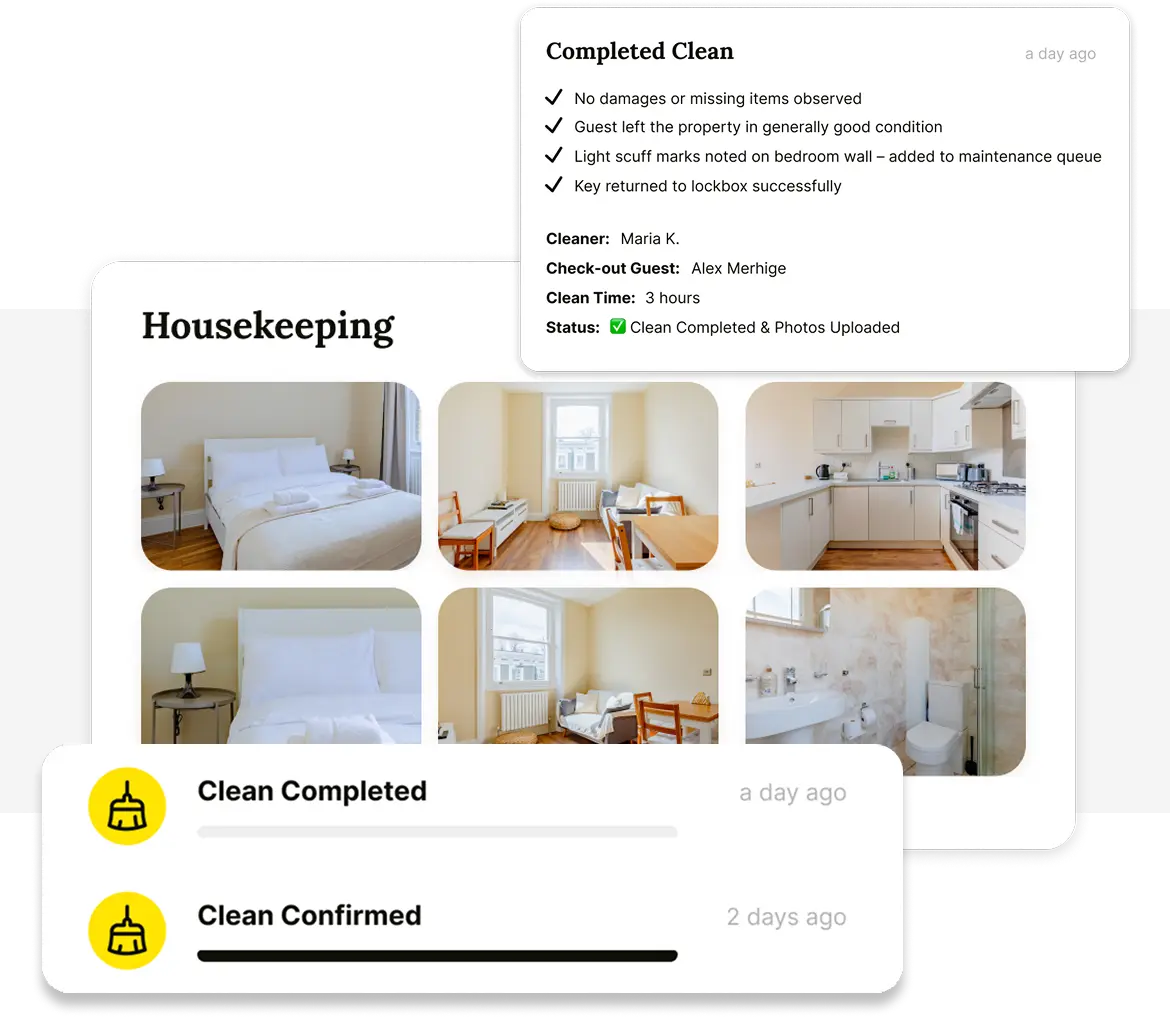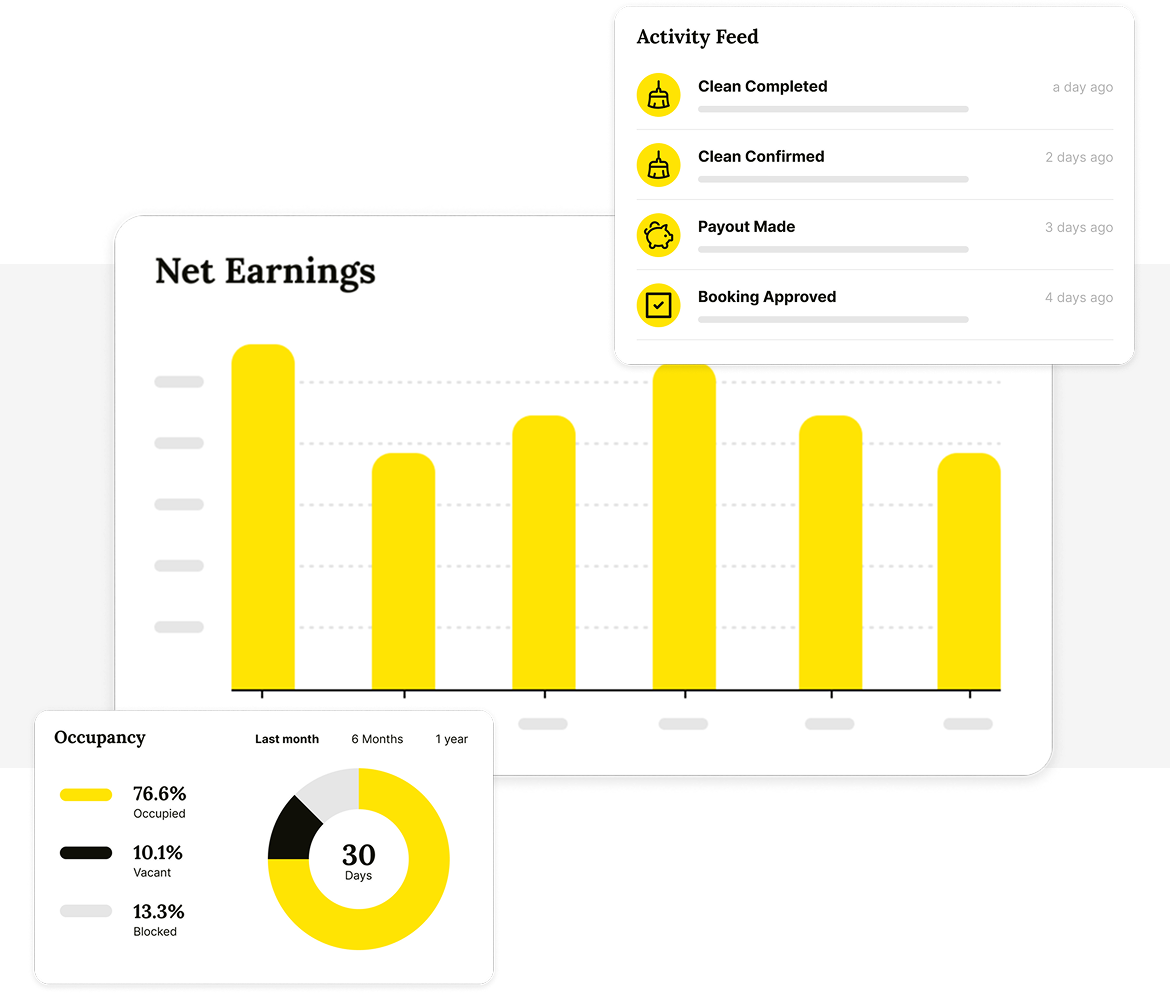Renting out a property requires a clear comprehension of lease agreements and legal obligations. A residential tenancy agreement is an important document that outlines the rights and duties of both parties involved in a fixed-term or periodic lease. It serves as a roadmap for the lease.
Tenants can break a lease, but they need to follow the rules in the lease agreement. Skipping this process could lead to them being held responsible for compensation.
If you're a landlord and thinking about ending a lease early, it's important to understand that the rules can differ depending on your state. Make sure to give your tenants enough notice and offer them fair compensation. This is not only required by law but also helps keep a good relationship between you and your tenants. In this article, we’ll discuss residential tenancy agreement in detail.
Table of Contents
Understanding a Tenancy Agreement
A tenancy agreement comes into effect when a landlord grants someone (the tenant) the right to occupy residential premises, either alone or with others, in exchange for rent. This agreement can be in writing, spoken, or even implied.
To qualify as residential tenancy agreement, it must be related to residential premises intended for residence purposes. Also, residential premises are commercial or agricultural land. In that case, the agreement won't be considered a residential tenancy agreement unless the occupant isn't the primary tenant under the commercial lease.
For a tenancy agreement to fall under the Residential Tenancies Act 1995, the tenant doesn't have to possess the premises exclusively. For example, in cases where multiple people share a house and common facilities like kitchens and bathrooms but have individual rooms, each tenant may have their residential tenancy agreement or share one jointly. Also, the agreement can specify that the landlord retains some part of the premises (like a shed or a room) for their own use.
Rental Agreement: What to Include in the Lease
A rental agreement (lease) should include the following key elements:
Rent Details: Clearly state the amount of rent to be paid by the tenant and the agreed-upon payment method.
Rent Increases: Explain how and when rent will be calculated or implemented.
Agreement Length and Type: Specify the duration and type of the rental agreement (e.g., fixed-term or periodic).
Security Deposit (Bond): Outline the amount of the security deposit (bond) to be paid by the tenant and the conditions for its refund.
Conditions and Rules: Include any specific conditions and rules the landlord and tenant must adhere to during the tenancy.
Special Terms: Incorporate any unique or special terms relevant to the rental agreement.
It's important to know that renters have rights when signing a rental agreement, and it is advisable to read and understand these rights before signing. In Victoria, when entering into a written rental agreement, you must use the prescribed form defined by rental law. However, you can add extra terms and conditions to the form as long as the law does not prohibit them, and they should not take away any rights and responsibilities the law provides.
Residential Tendency Agreements
There are 3 types of residential tendency agreements:
Short Fixed-Term Agreements
- Typically for periods of six months or less.
- Tenant agrees to rent the property for a specific duration with specified conditions.
- Provides flexibility for short-term arrangements.
Long Fixed-Term Agreements
- Used for longer periods, usually ranging from one to five years.
- Offers stability and security to both tenants and property owners.
- Clearly outlines expectations for the entire duration of the lease.
Periodic (Month-to-Month) Agreements
- Offer flexibility for both tenants and property owners.
- No fixed end date; can be terminated with usually one month's written notice (varies by state).
- Suitable for uncertain or changing circumstances.
Each type of lease agreement has its advantages and suits different rental situations. Short-fixed-term agreements are ideal for temporary stays, long-term agreements offer security for longer tenancies, and periodic agreements provide flexibility for both parties. Choosing the right lease agreement type is important based on your specific needs and preferences.
The Importance of a Tendency Agreement in Renting
A written tendency agreement is crucial for several reasons, as it helps prevent potential disputes between you and your tenant.
Clarity on Responsibilities
With a well-drafted lease, each party's responsibilities regarding repairs, rent payments, pet rules, and other essential matters are clearly understood.
Conflict Resolution
A written lease provides a legal reference in case of conflicts, ensuring that both parties have a common document to resolve disputes.
Repairs Expectations
You can use the lease agreement to outline repair expectations, specifying the tenant's responsibility for minor repairs and the landlord's obligation for major ones.
Rent Payment Terms
The lease allows you to specify the due date, payment method for rent, and any grace period or late payment procedures.
Defining Pet Rules
Pet rules can be clearly defined in the lease to avoid disagreements regarding pet-related issues and potential damages.
A written agreement establishes expectations and proves invaluable during disputes, providing an enforceable document that both parties have mutually agreed upon in advance. It ultimately fosters a transparent and harmonious landlord-tenant relationship.
What Should Include in Residential Tenancy Agreement
The tendency agreement must include:
- Name and Address: The full name and address of the tenant and the property manager or owner's details.
- Start and End Dates: Clearly state the commencement and termination dates of the tenancy. If it's a periodic tenancy, specify this clearly.
- Rent Details: Outline the rent amount and the accepted payment method, such as direct deposit or any other agreed-upon means.
- Standard Terms: Provide a list of standard terms defining the rights and responsibilities of the tenant and property manager/owner. This should cover what actions are permitted and prohibited during the tenancy.
- Special Terms: If any specific arrangements are agreed upon in advance, such as allowing dogs with outdoor confinement, include these special terms in the agreement.
Other than the main points mentioned above, it is always beneficial for tenants to refer to helpful resources like the Pocket guides for tenants ( houses and units, or caravan parks) or the Rights and responsibilities of residents and providers fact sheet for rooming agreements. These resources can offer valuable information to tenants to understand their rights and obligations better.
Trust Houst for Expert Property Rental Management!
Looking for a reliable partner for property rental management? Look no further than Houst! With years of experience in the industry, Houst is your go-to solution for hassle-free property management.
We handle everything, from managing your property according to updated agreements to listing it on popular platforms like Airbnb and other rental websites. Our dedicated team handles every detail, including Airbnb listing, Airbnb cleaning, maintenance, and more. We’ll ensure to maximise your Airbnb revenue and good Airbnb reviews.
Say goodbye to stress and let Houst take the reins. We ensure seamless operations, giving you peace of mind and more time to focus on other things. Get Houst Franchise Partnership now!
🚀 Build a Thriving Airbnb Business with Houst
Monetize short-term rentals without owning property. Our Airbnb Business Partnership Program helps you start, scale, and automate a profitable Airbnb business with smart pricing, automation, and expert support.
💡 No Property Needed
📈 Expert Growth Strategies
🤖 Automated Hosting Tools

⭐ Rated 4.8/5 by 2,500+ Hosts

🧼 Airbnb Cleaning & Turnovers, Done Right

⭐ Rated 4.8/5 by 2,500+ Hosts

🚀 Build & Grow Your Airbnb Business with Houst
Turn your expertise into a profitable Airbnb business — without owning property.
Join Houst’s Airbnb Business Partnership Program to start, manage, and scale with ease. Get expert support, automation tools, and smart pricing strategies to maximize earnings and grow faster.

⭐ Rated 4.8/5 by 2,500+ Hosts


⭐ Rated 4.8/5 by 2,500+ Hosts

.webp)
🚀 Start & Scale Your Airbnb Business with Houst
Join Houst’s Airbnb Business Partnership Program to start, manage, and grow your short-term rental business. With expert marketing, automation tools, and dynamic pricing strategies, we help you maximise earnings and scale faster.

⭐ Rated 4.8/5 by 2,500+ Hosts




